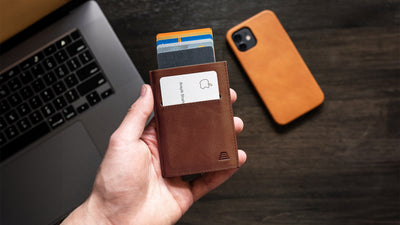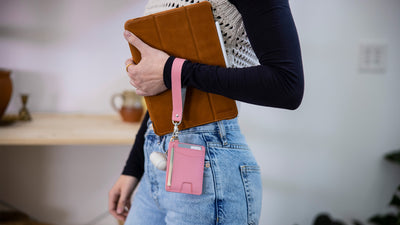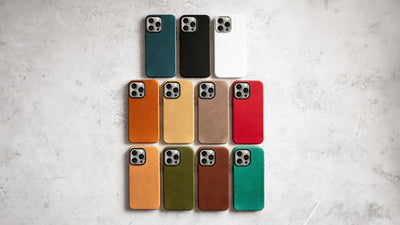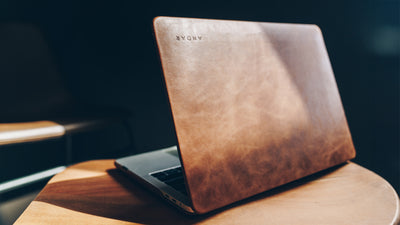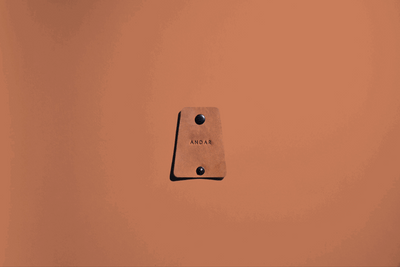The Blog
What Is Nubuck Leather?
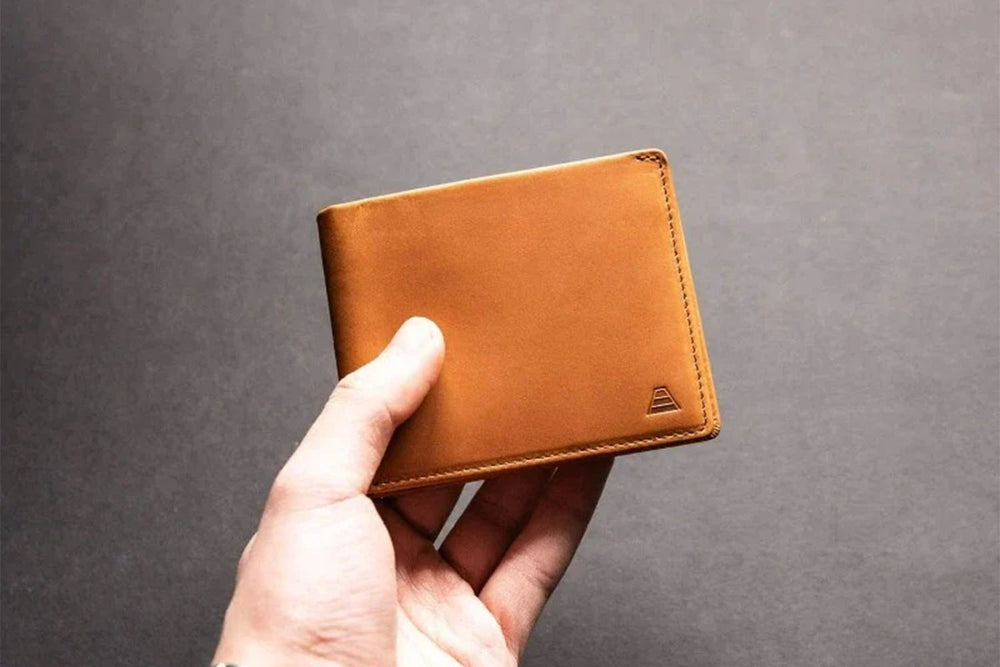
For anyone not familiar with the process of tanning or working with leather, it can be hard to know what quality of material you’re getting from a product. All sorts of terms are thrown around, and many of them are misleading.
But with us at Andar, you don’t need to worry. All our leather products are crafted from the highest quality, full grain leather we can find. And to prove our sincerity, we’re going to break it down for you.
Here’s our guide on what exactly nubuck leather is.
Nubuck Leather Defined
Nubuck leather is a fashionable, comfortable material that can be used for clothing, bags, shoes, or any other products where texture plays a big part. Originally, nubuck leather was sourced from buckskin, like deer or elk. Today, shoppers will most likely find this leather type made from calfskin.
Nubuck leather is most often made from top grain, although, in some cases, you might come across nubuck leather made from full grain. It may feel similar to suede, but it isn’t suede.
Nubuck leather is delicate in appearance, with a comfortable surface of short fibers, creating that luxurious texture worth raving about. Keep in mind that some variations of nubuck leather might be more durable than others:
Investigate to see if the product was crafted from full-grain leather. What makes nubuck worth your dollar is that it comes from the durability and natural splendor of full grain leather. With the grain-side up, the top grain leather is sanded or buffed to create a soft, velvety texture, smooth to the touch.
What Is Full Grain Leather?
At Andar, whether it's one of our stunning wallets or maybe our long-lasting, reliable leather bags, we place our faith in full grain leather. This is where it all begins for us.
Full grain leather includes all of that beautiful, natural grain that usually distinguishes a genuine, authentic material. It comes from the uppermost layer of the hide, weathered to be tough and durable.
With full grain leather, you know precisely what you’re getting. Real to the touch. Nothing has been sewn, bonded, or meshed together. You’ve got full sheets of leather, not overly processed but naturally made to last.
Why Don’t We See Full Grain More Often?
While it can be less expensive for other brands to use another kind of leather material, that’s not the only reason you don’t see full grain in as many stores as you’d hope. The process of preparing this leather and crafting it into products requires the careful hands of a leatherworking master.
Full-grain leather is one of the most tricky materials to work with. It can’t be remolded or stitched together as other materials can. Full-grain leather requires careful, detail-oriented treatment and can take a lot of time to work with, but we think it’s totally worth it.
Not only does full grain leather last against all the elements, but it looks uniquely beautiful while doing it.
When Is Nubuck Leather Made From Full Grain?
When we talk about sanding or buffing, we’re really talking about smoothing out the material to create a uniform, soft finish. This process does very little to degrade the material itself, preserving what’s good and durable about full grain leather while still giving it a new appearance.
When a tanner works to craft some nubuck leather, the goal is to preserve that grainy, natural appearance while still giving the texture a smoother feeling. That’s why they work on the leather grain-side up. Much like working with wood, a tool like wet or dry sandpaper might be used in order to shave away any roughness in the leather.
In the end, you still see that natural, grainy pattern — only without the rough exterior.
Nubuck Leather: Final Review Roundup
In order to emphasize the quality you’re getting from nubuck leather, we thought it best to talk about some misconceptions out there surrounding other types of leather material.
While these materials may seem like fine quality at first or even be described in crafty ways, you aren’t getting the same kind of durability or natural finish that you’d find in full grain leather.
Suede vs. Nubuck Leather
Nubuck leather often gets confused with some other kinds of leather. Most commonly, some confuse it with suede because both have smooth textures.
A significant contrast is that suede tends to look a tad different, with a distinctly flat sheen to its surface. It has a texture closer to cloth. While suede can be made with full grain leather, it’s often not, making it less durable.
Typically, suede is made from a lower-quality material called split leather (heavily processed, less-desirable hides).
Split Leather Defined
The process of splitting leather involves removing the exterior coat and only using the bottom half of the material. This portion, called the underside, is far less durable and much thinner, without the protective fibers usually found in full grain leather.
Suede may feel smooth, but it doesn’t last long and can be subject to some real wear and tear. On top of that, suede can be made from any kind of leather, so you’ll need to check what you’re getting.
If a smooth coat is what you’re seeking, you might get more value for your dollar by going with a nubuck leather product rather than suede. However, as always, the focus should be on what you like best!
What Is Genuine Leather? Is It Real Leather?
Genuine leather is one of those more misleading types of materials. Although it may be called genuine, using that adjective is a bit of a stretch.
While it may be derived from real leather, it’s often the lowest-quality bits that are bonded together and usually stamped or painted to appear as one whole piece of leather.
Many companies will use this clever marketing term to sell lower-quality materials while making consumers believe them to be more luxe than they really are. While it may be authentically leather, it won’t protect your belongings or last as long as higher-quality alternatives.
Nubuck Leather for Sleek, Strong Products
Nubuck leather accomplishes the smooth texture found in some of these other products while still maintaining the strength that comes with full grain leather. You won’t find it wearing down quickly or cracking excessively like some suede or genuine leather products.
The best nubuck comes from wholesome, unbonded leather. The material is sanded or buffed with respect for its fine quality. The true authenticity of this product shines through the sleek coat with a naturally grainy pattern.
Leather is a material that has been used for centuries because of its ability to withstand the elements and hold on to its beauty over time. When chosen with care, your newest wallet, bag, or more can carry you through all your adventures.
Trust Full Grain Leather
Andar: our name means “to carry” in Spanish. Why? Because we believe in making products that you can carry with confidence throughout your days.
Quality leather is a worthwhile investment, especially when it comes to carrying those things most important to you: your money, documents, medications, sentimentals, and more.
We’ve got plenty of leather accessories as well, with style and practicality held in equally important esteem. Trust Andar for fine quality, durable leather products.
Sources:
Why Everything You Thought You Knew About Buying Quality Leather Was Wrong | Business Insider
The old occupation of tanner | The French-Canadian Genealogist
